RecipeToDataset - Recipe Data Conversion
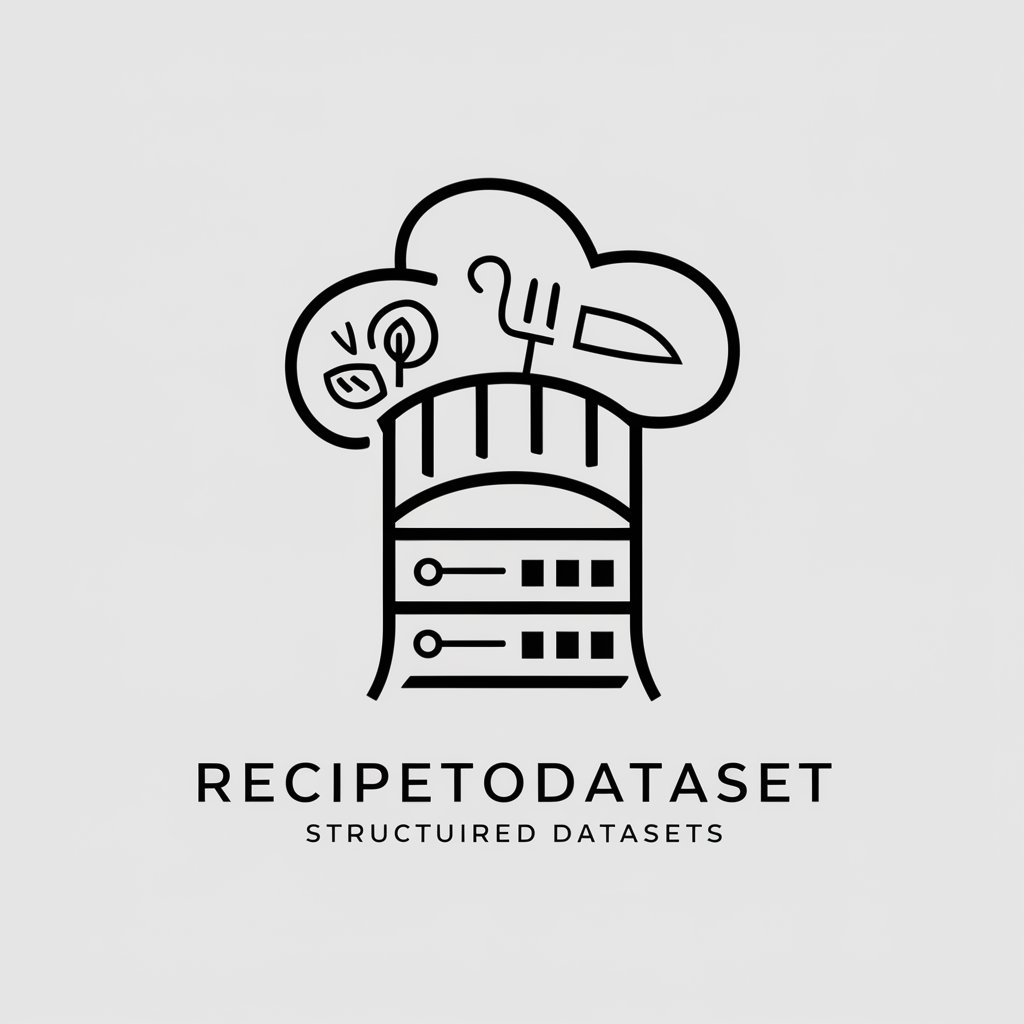
Hello! Let's turn recipes into structured data.
Transform recipes into structured datasets effortlessly.
Analyze this cooking script and convert it into a structured dataset:
Extract and organize recipe details from the following log:
Generate a detailed dataset from this cooking video transcript:
Transform this recipe into a structured format:
Get Embed Code
Introduction to RecipeToDataset
RecipeToDataset is a specialized tool designed to process culinary content, such as recipes from YouTube scripts, cooking logs, or written instructions, into a structured dataset. Its primary purpose is to systematically extract, organize, and present cooking data in a standardized format that is easy to analyze, share, and utilize. This includes identifying ingredients with their specific measurements, preparation and cooking times, serving sizes, cuisine types, dietary considerations, and detailed step-by-step instructions for creating dishes. A key aspect of RecipeToDataset is its ability to recognize the cooking process as a series of numbered steps, ensuring that users can easily follow along. Additionally, it determines whether a dish is completed and incorporates this information into the dataset. For instance, when provided with a script detailing how to prepare 'Baekjinju Rice', RecipeToDataset will format the data to include the recipe's name, ingredients (with measurements), preparation time, cooking time, total time, servings, course, diet, instructions, and key points in both the original language and an English translation if necessary. Powered by ChatGPT-4o。

Main Functions of RecipeToDataset
Data Extraction and Structuring
Example
Extracting ingredient lists and measurements from a cooking video script and structuring them in a predefined schema.
Scenario
A culinary researcher analyzing the use of certain ingredients across different cuisines might use RecipeToDataset to systematically extract ingredient data from various recipes for comparative analysis.
Step-by-Step Instruction Parsing
Example
Transforming narrative cooking instructions into numbered, step-by-step guidelines.
Scenario
A cooking app developer could use RecipeToDataset to convert unstructured recipe instructions into a step-by-step format, making them easier for users to follow within the app.
Language Translation and Standardization
Example
Translating recipe names and instructions from Korean to English, including measurement unit standardization.
Scenario
A food blog focused on international cuisine could utilize RecipeToDataset to translate and standardize recipes from different languages, making them accessible to a wider audience.
Culinary Data Analysis
Example
Analyzing recipe datasets to identify trends in ingredient usage, preparation times, and dietary classifications.
Scenario
Nutritionists or dieticians might use RecipeToDataset to analyze recipes for dietary trends, helping them recommend dishes that fit specific health or nutritional requirements.
Ideal Users of RecipeToDataset Services
Culinary Researchers
Individuals or institutions studying culinary arts, food history, or nutrition who benefit from structured datasets to analyze cooking trends, ingredient usage, and dietary patterns across different cultures and time periods.
Digital Content Creators
Food bloggers, YouTubers, and cooking app developers who require a streamlined process to convert raw cooking content into structured, easy-to-follow recipes for their audiences.
Culinary Educators
Cooking schools and culinary instructors looking for a tool to systematically structure their recipes and instructional content, making it easier for students to learn and follow.
Nutritionists and Dieticians
Health professionals who need to analyze recipes based on dietary needs, ingredient compositions, and nutritional values to provide informed dietary advice to their clients.

Using RecipeToDataset: A Step-by-Step Guide
1
Start by visiting yeschat.ai for a hassle-free trial that doesn't require sign-up or ChatGPT Plus.
2
Prepare your recipe content, ensuring it includes all necessary details such as ingredients, preparation steps, and any specific dietary information.
3
Utilize the RecipeToDataset interface to input your recipe. This can involve pasting text directly or uploading a document with your recipe content.
4
Specify any particular requirements or formatting for your dataset output, such as language, units of measurement, or dietary tags.
5
Submit your recipe for processing. Review the generated dataset for accuracy, and make any necessary adjustments or corrections.
Try other advanced and practical GPTs
Food Science Lecturer
Unlock the science of food with AI
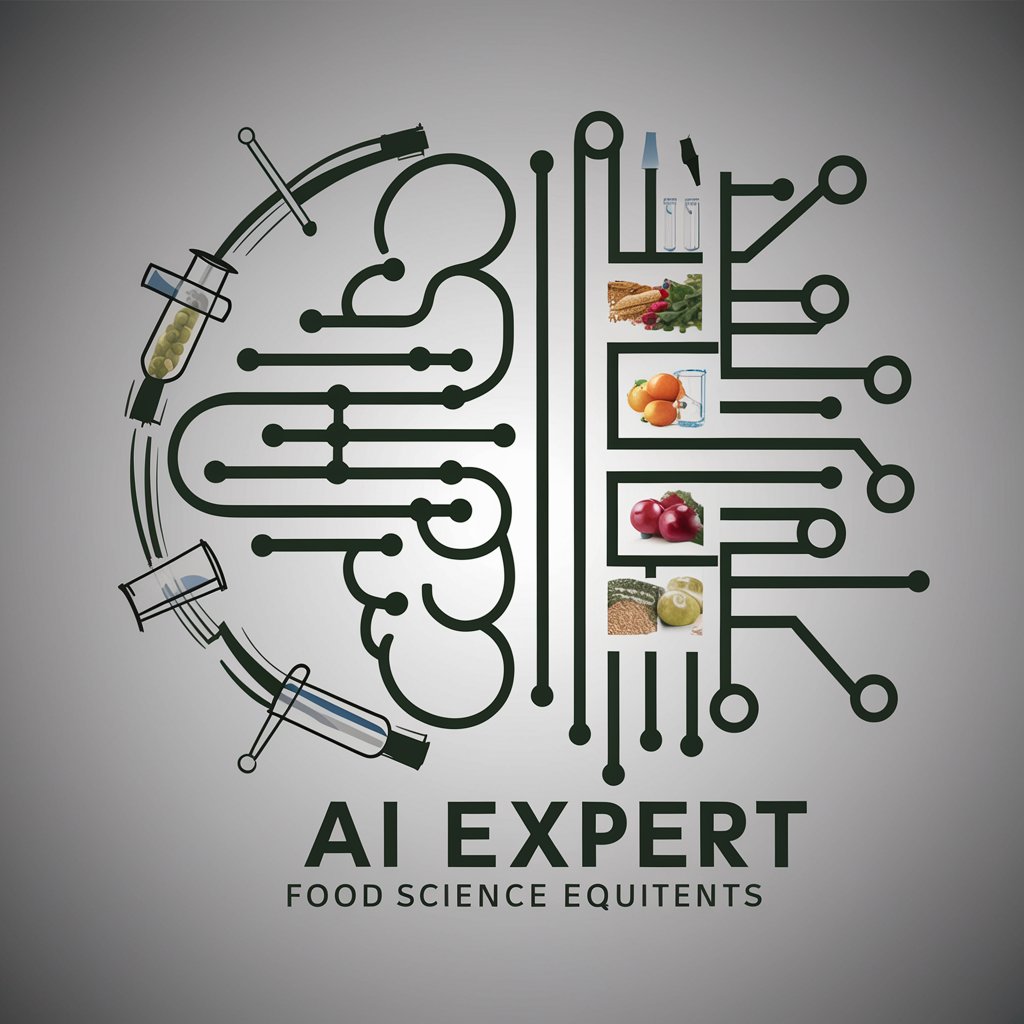
AI Mentor (Code and Formula Focused)
Empowering your code and formulas with AI
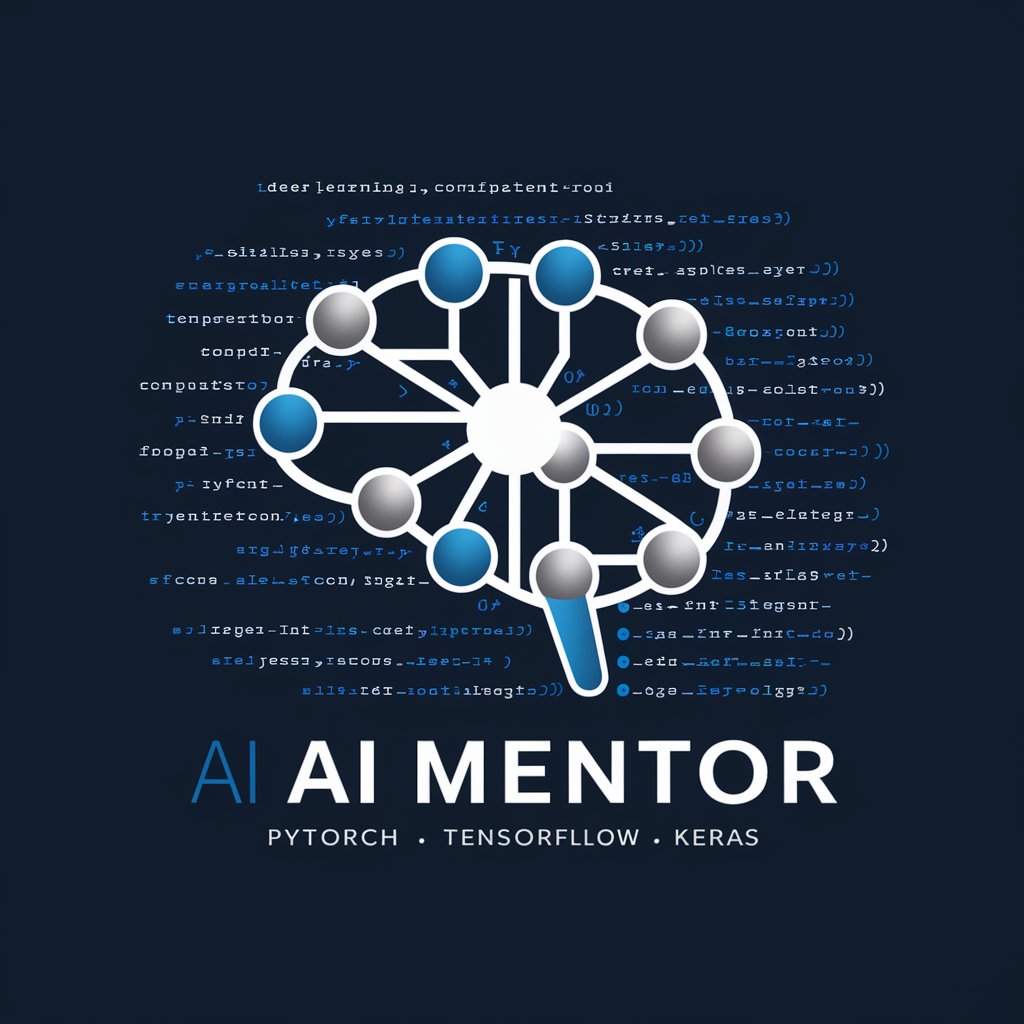
오늘의 영어
Master English verbs with AI-powered guidance

Zero To Won
Innovate and Scale with AI Insight

AI Calendar
Effortless scheduling powered by AI
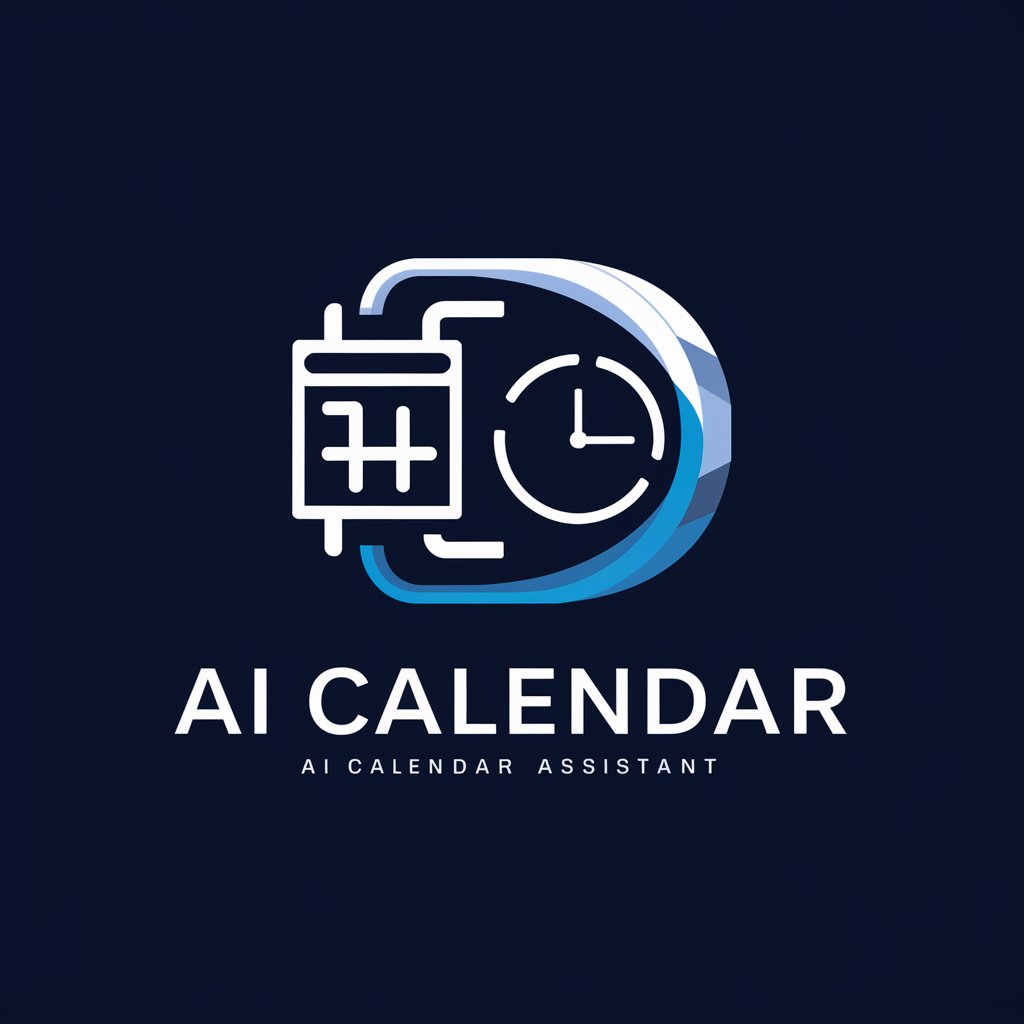
Shakespeare Styles
Revive the Bard's voice with AI.

Phương
Bridging Languages with AI Power
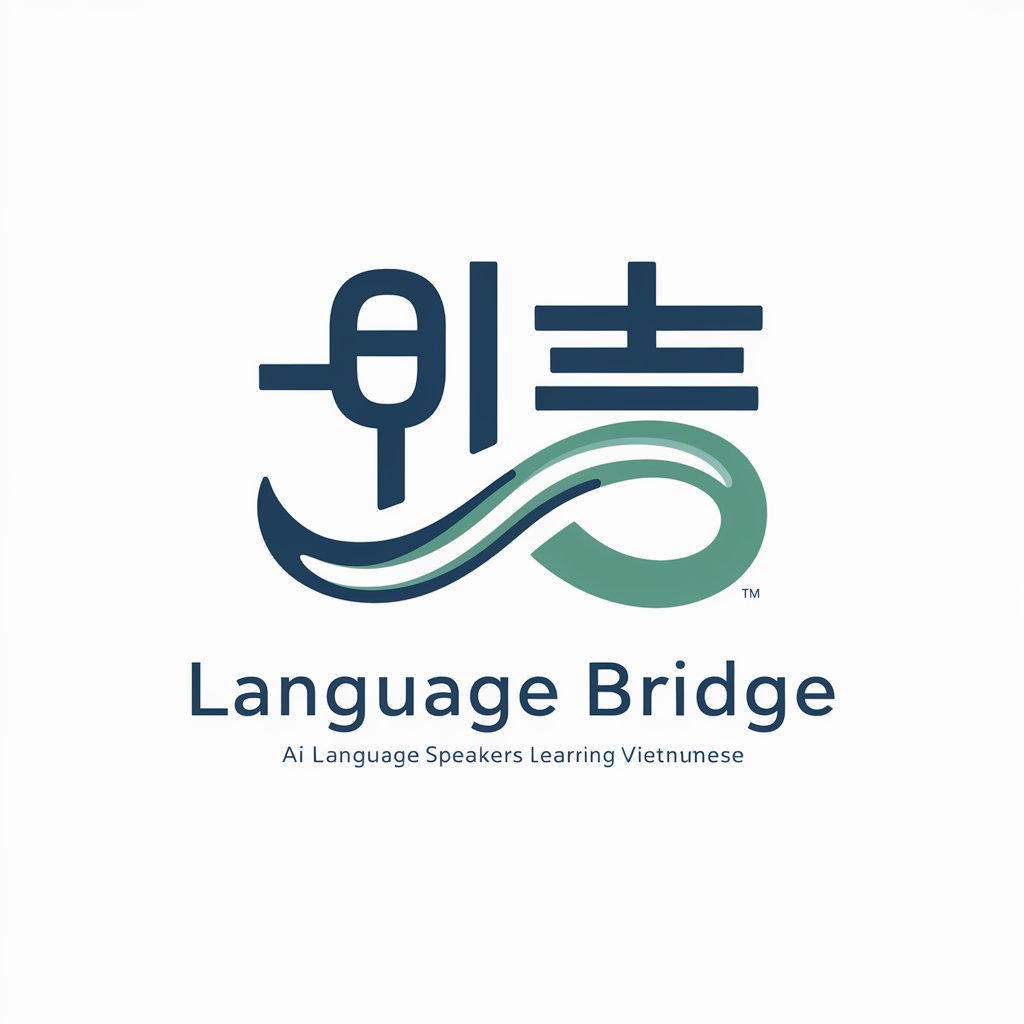
Korean Grammar for Speaking 1
AI-powered Korean language mastery.
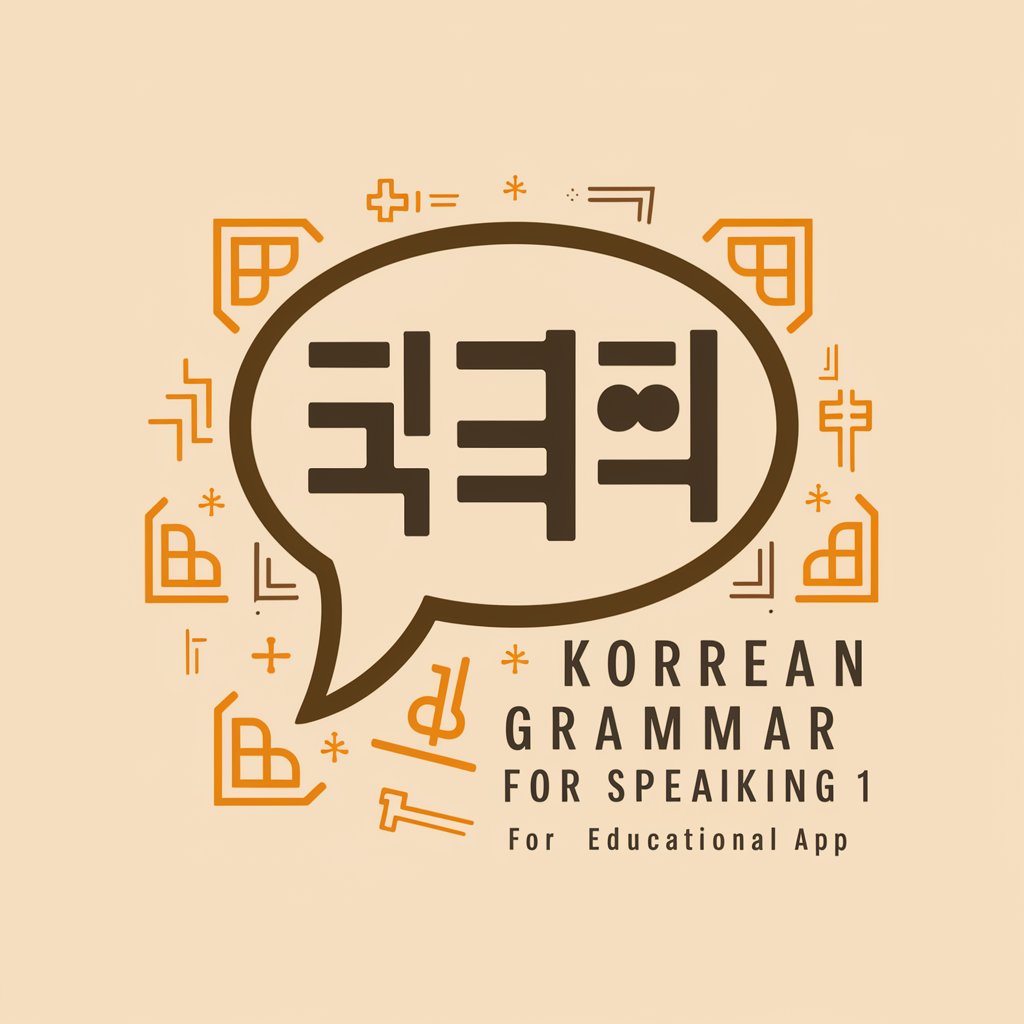
Insight Researcher
AI-Powered Research, Refined Insights

Therapist Jinny
Empowering self-discovery with AI-powered empathy

Wild Explorer
Explore wildlife with AI-powered imagery.

Wallstreet knowledge
Empowering Financial Decisions with AI

Frequently Asked Questions about RecipeToDataset
What makes RecipeToDataset unique?
RecipeToDataset stands out by transforming recipes into structured data formats, enabling easy integration into food apps, websites, and academic research.
Can I process recipes in any language with RecipeToDataset?
Yes, RecipeToDataset supports multiple languages. It can process recipes in the original language and provide translated versions in English, complete with standardized measurements.
How accurate is the dataset generated by RecipeToDataset?
RecipeToDataset employs advanced AI techniques to ensure high accuracy in data extraction and translation. However, manual review is recommended for the most precise datasets.
Can RecipeToDataset handle complex recipes with unusual ingredients?
Absolutely. RecipeToDataset is designed to handle a wide range of recipes, including those with unique or rare ingredients, by providing detailed ingredient lists and instructions.
Is RecipeToDataset suitable for professional chefs and culinary students?
Yes, RecipeToDataset is an excellent tool for professionals and students alike, offering detailed breakdowns of recipes that facilitate learning, teaching, and menu planning.
